READY TO GET STARTED?
REQUEST A FREE ESTIMATE
Fill out the form below or call (888) 466-7849 for a free, no-obligation estimate.
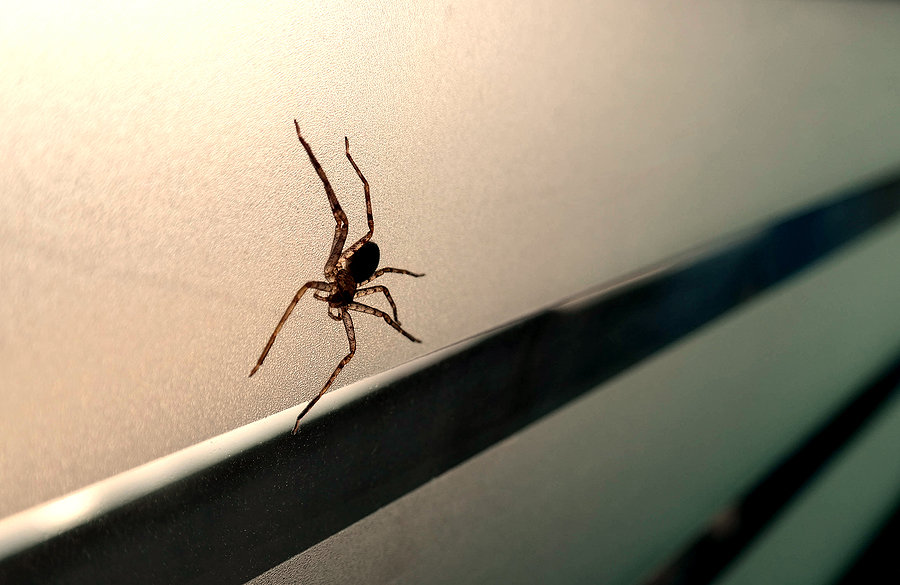
It’s a common myth that spiders come into our homes to overwinter until spring. In actuality, they most likely were already there to begin with. These household pests are more active in fall and early winter for two main reasons: they are preparing winter and the upcoming scarcity of food and they are mating and in search of a partner to reproduce with.
House spiders take up residence in your home year-round. Spiders can be beneficial to have around as a form of natural pest control as they eat other insects (even other spiders) found around your house.
One exception to this is the brown recluse spider. They will seek warmth and food indoors in the winter by hiding out in dark, unused areas of your home. Brown recluses are identified by the distinct violin-shaped mark on their back. They will bite and are considered harmful to humans.
You can prevent spiders in your home by:
If you have an issue with spiders, contact your local pest control company for an inspection.
When Does Swarming Season Begin?
Should I Worry About Cockroaches?
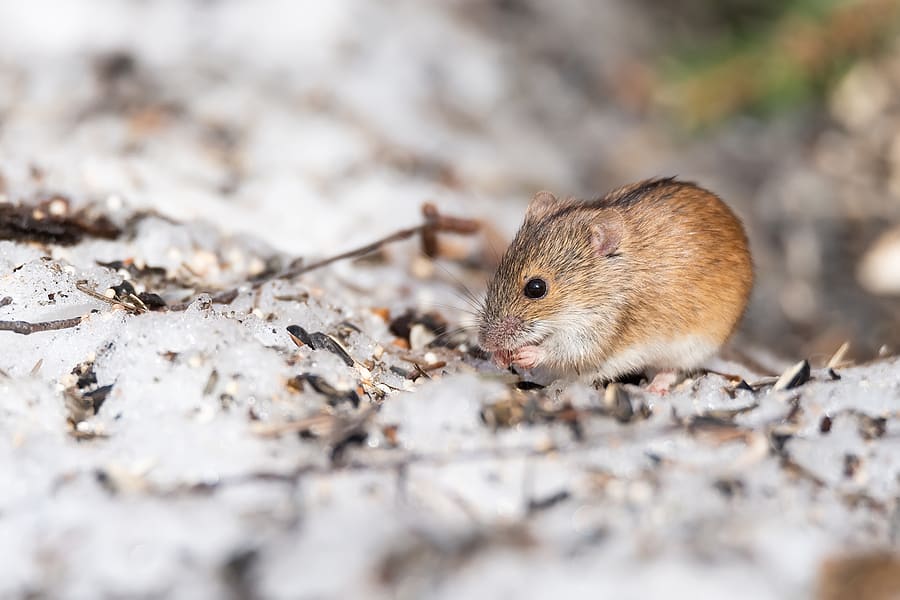
Contrary to popular belief, pests don’t just disappear when colder weather sets in. Overwintering pests are those that find a warm place to shelter during the winter, most often inside your home! Some household pests thrive year-round because the warmth, water, and food supply in your home allow them to survive even in the harshest weather conditions. Some common winter pests include rodents, roaches, spiders, and bed bugs. For this reason, it’s important that you don’t forget about winter pest control! Here are a few of our favorite winter pest control tips you can use to make your home pest-free.
What Causes A Termite Infestation?
Prevent Bed Bugs this Holiday Season
Where Do Rodents Go In Winter?
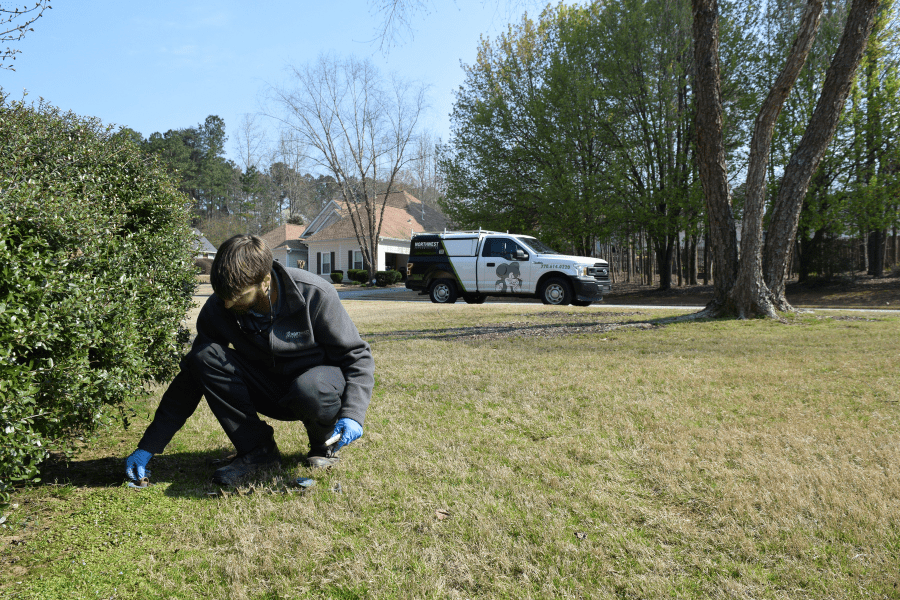
You might be thinking that since the weather is cooling down, pests won’t be as active. While that’s the case to some, most pests will be making their way indoors to seek warm shelter. Some homeowners even claim to see more pests in their home once the weather cools down. Here are some of the most common questions about winter pest control.
Which Pests Are Most Active?
Surprisingly, there are some pests that survive throughout the colder months. The main ways they stay alive are through hibernation, migration, and overwintering. Overwintering pests are our main issue in the winter. These are the pests that will migrate indoors instead of to a different part of the region.
Some of the most common pests still seen in the winter are cockroaches, rodents, and termites. Most of the time their activity might slow, but they are still nearby and ready to get back into full gear once the weather warms up.
How Often Should Pest Control Be Done?
The goal of pest control is to keep pests away and prevent infestations. Therefore, quarterly pest control is important. If you miss your regular pest control in the winter, it can create an easy opportunity for pests to get inside.
Winter is the best time for a barrier to be put in place. Some pests including spiders, cockroaches, and rodents can be a bigger issue this time of year, so getting ahead of schedule is key.
If you are ready to set up your winter pest control, give your local pest control company a call and they can help you set up a customized plan to prevent these pests.
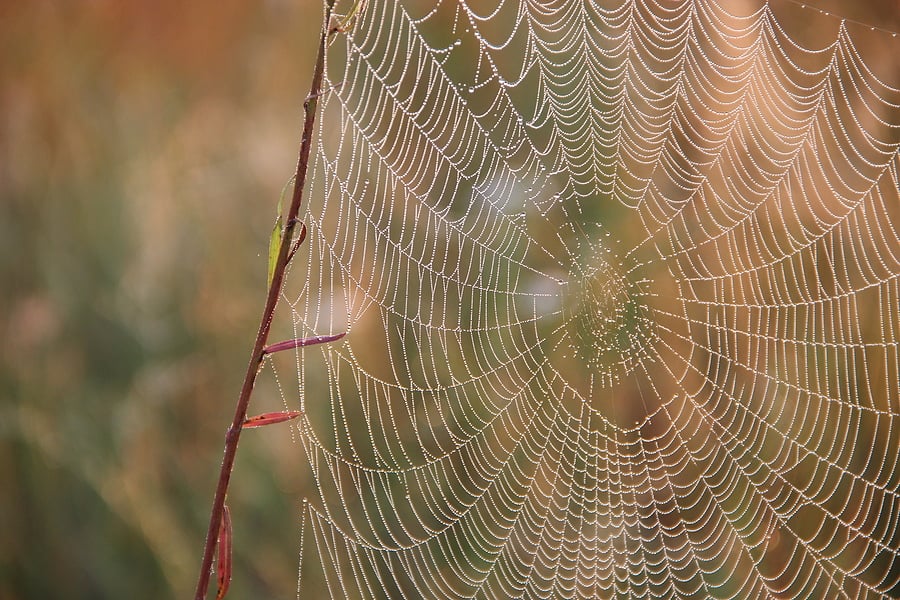
The cooler weather of fall drives many pests indoors in search of warmth from the cold, shelter from the weather, and food when supplies are scarce. These overwintering pests will spend the cold season indoors, often in your home, until the weather warms back up in the spring. Some common fall pests are spiders, rodents, roaches, and stinkbugs. Don’t let these pests take over your home this fall. Keep them out with these 4 fall pest proofing tips.
The first step in pest-proofing your home is to seal them out. Pests can be very creative when it comes to finding ways into your home. Screen attic vents, chimney openings, mail slots, and pet doors. Seal any cracks or crevices on the exterior of your home with caulk or steel wool. Seal around any utility pipes that enter your home. Replace or repair weatherstripping on doors and windows. Repair any loose mortar around windows and foundations. Install door sweeps on your doors. Repair and replace any window screens.
Most pests need water to survive. Many prefer a moist environment to thrive in. Eliminating sources of water will help keep pests out of your home. Keep crawlspaces, attics, and basements dry and ventilated. Consider crawlspace enclosure. Use a dehumidifier in garages and basements. Make sure you have a proper drainage system installed outside your home. Install gutters and keep them clear of debris. Consider installing gutter guards to help eliminate clogs. Make sure drainpipes are diverting water away from foundations. Repair any leaks as soon as possible. Get rid of any standing water on your property.
Pests will also be drawn to any areas of your home where they can find food. Eliminating these food sources will go a long way towards pest-proofing your home. Keep kitchen counters and appliances clean. Store food in airtight containers. Empty your trash regularly and use trashcans with lids. Clean up after each meal, making sure to not leave dirty dishes in the sink overnight. Seep, mop, and vacuum regularly. Don’t leave pet food or water out overnight.
Some pests will lurk outside your home and use every opportunity they can to hitchhike their way inside. Store firewood at least 20 feet away from your home and inspect it carefully before bringing it indoors. Keep shrubbery trimmed and grass mowed. Don’t let any limbs or branches touch the exterior of your home. Inspect any storage boxes, decorations, etc. before bringing them inside.
If you have a problem with pests during any season of the year, contact your local pest control company for a thorough evaluation.
3 Types of Cockroaches & How to Prevent Them
Why Am I Seeing Oriental Cockroaches?
Fall Termite Control – Is it Necessary?
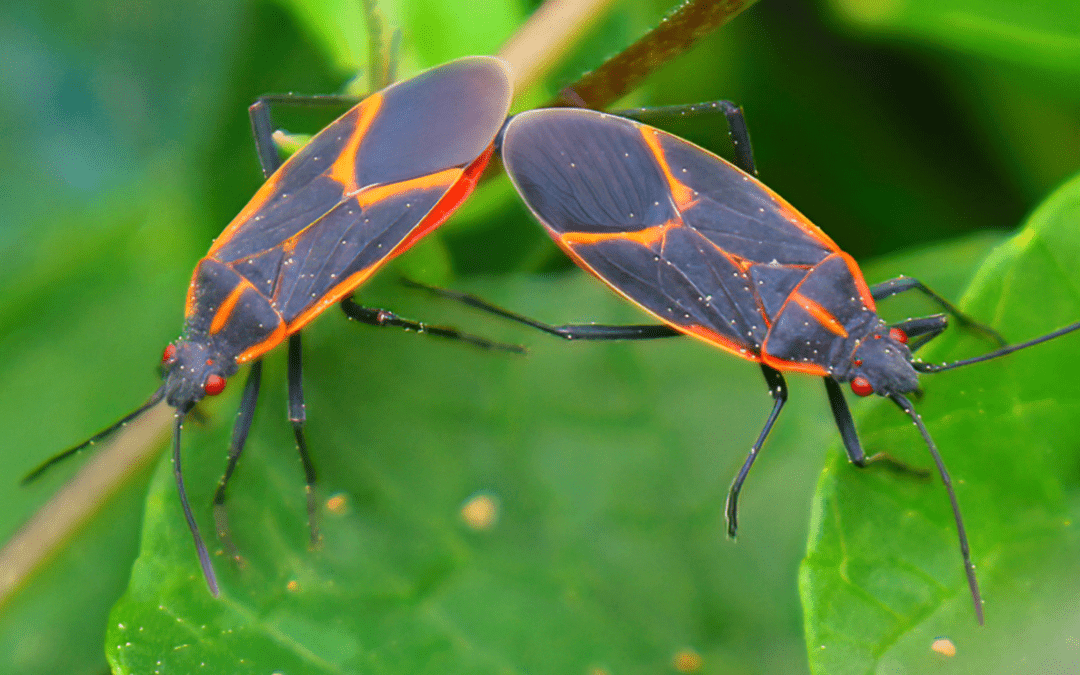
During the impending cooler months, some pests will begin seeking warmth and shelter for survival. These pests, known as overwintering pests, can survive cold temperatures due to these activities. There are three common overwintering pests: stink bugs, ladybugs, and boxelder bugs. They don’t cause any harm to you or your home, but they can become a nuisance once they get inside. Let’s break them down and discover the best ways to keep them away from your home.
These armor-shaped insects are an invasive species known to release an odor when disturbed or crushed. They pose no threat to humans or the structure of your home but can become a nuisance when an infestation occurs. They feed on a variety of plants, including fruits like apples, peaches, and figs. They prefer moist, mild climates and can be found in bathrooms and kitchens.
These harmless, overwintering pests are found worldwide and have over 5,000 known species. Ladybugs have an oval, dome-shaped body with a hard-shell wing that covers their inner wings. They are deemed beneficial and consume plant-eating insects, such as aphids, mealybugs, mites, and scale insects. During the colder months, they search for warmth and shelter. They can take over your home in a matter of days and can become a major nuisance when large populations congregate.
These pests are named for feeding off maple and seed-bearing boxelder trees in the warmer months. Boxelder bugs are sneaky pests that can easily make your home theirs. These pests are oval-shaped and elongated, with a reddish black body and orange markings on their back. They are considered more assertive than other overwintering species, puncturing skin when they feel threatened. The result is similar to that of a mosquito bite, so it shouldn’t be something to worry about.
If you suspect you have an overwintering pest infestation, contact a professional, local pest control company to provide you with a thorough evaluation and treatment plan.